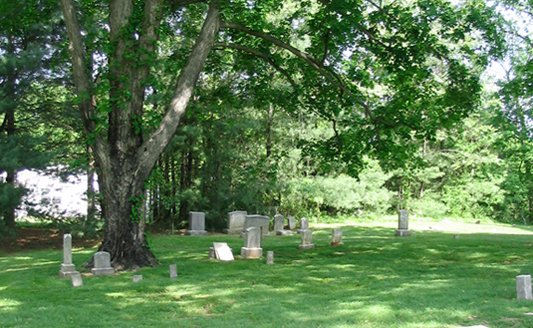African-American cemetery in Charlottesville to be restored
5/13/2016, 7:01 a.m.
Associated Press
CHARLOTTESVILLE
The Daughters of Zion Cemetery was placed on the National Register of Historic Places in 2010, but there are no markers telling of the Charlottesville cemetery’s cultural and historical significance. Instead, there’s trash and sinking and broken gravestones.
That may all change soon, however, as the city will host a rededication of the cemetery that’s been degrading for decades. In addition to the rededication, $80,000 in public funding will be used to restore the historic African-American cemetery.
According to advocates, the restoration project will give the public an opportunity to revisit and honor the lives of African-Americans who lived in Charlottesville, some of whom impacted the area in a significant way.
“The final resting place for these trailblazers should be reflective of the life that they lived — very dignified and respectable,” said Maxine Holland, an advocate for the restoration of the cemetery.
Those trailblazers include Benjamin Tonsler and Burkley Bullock, African-American men who became professionals after emancipation who were deeply involved in the community.
Mr. Tonsler’s legacy lives on as contemporary social activists are challenging schools, governments and businesses to hire more people of color as a way to diversify the workplace, inspire young people and reflect today’s demographics.
Born enslaved, Mr. Tonsler eventually was freed and became a schoolteacher. Years later, he became principal of the city’s segregated Jefferson Graded School, which he headed for about 30 years. During that time, Mr. Tonsler encouraged and motivated hundreds of children.
Mr. Bullock, a late19th century magnate in local real estate, helped foster a community of African-American businesses and homeowners through the Piedmont Industrial and Land Improvement Company, a nine-man firm that financed home sales and developed property.
While their stories and those of others continue to be shared and celebrated in some circles, a landmark to their lives is practically forgotten.
The resting place, Ms. Holland said, should reflect the “elegance and honor” that such individuals created in an exciting, self-revolutionary period.
Following a Dialogue on Race conference about the cemetery last year, The Preservers of the Daughters of Zion Cemetery was established.
In a fashion similar to the original Daughters of Zion, a female-run African-American mutual aid society that founded the cemetery in 1873, the group of women, several of whom have family buried in the cemetery, organized to effect change.
“That was one of the motivating factors for the purchase of that property,” Ms. Holland said. “They wanted their family members to have a place of dignity and ownership. In the 1800s, that was an emphasis in the African-American community — own your own, whether it’s your cemeteries, your house or your business. That was the theme.”
Bernadette Whitsett-Hammond, a member of the group whose great-grandmother Mary Nelson Lewis was a founding member of Ebenezer Baptist Church, said she believes the cemetery still “reveals itself as a place of reverence” despite its current condition.
At the conference last year, the city’s Historic Resources Committee said it had put together plans for a marker that will be installed at the location. Mary Joy Scala of the city committee said a new, $1,787 bronze marker, designed by Franklin Bronze Plaques, will go up this month at the rededication ceremony.
More work at the cemetery is needed, however. It’s believed that half of the graves are not visible. Approximately 300 people are believed to be buried there, but a geophysical survey could reveal where people are interred.
Because of vandalism, maintenance mishaps, migrating tree roots, weather and soil erosion, many of the graves have been displaced and damaged, said Edwina St. Rose, a descendant of Mr. Bullock.
Mr. Bullock’s gravestone is identifiable, but its current location does not match the historical record of where he was buried originally.
Among the goals of the restoration project is relocation of gravestones to their original sites.
Although people were buried at the site until 1995, maintenance and use of the cemetery started to wane in the 1970s once cemeteries were no longer segregated. It was around that time that the city took over the site. The Daughters of Zion had disbanded almost four decades earlier and several of the families that owned burial plots had either died or moved from the Charlottesville area.
The burial plots still belong to the families, meaning the city is not allowed to work on them without their permission. The city has engaged in light maintenance of the site since then, mostly just mowing the grass and trimming trees when necessary.
The rededication ceremony for the Daughters of Zion Cemetery will be held 2 p.m. Sunday, May 29. The ceremony will be followed by a reception at the Barrett Day Care Center on Ridge Street.







